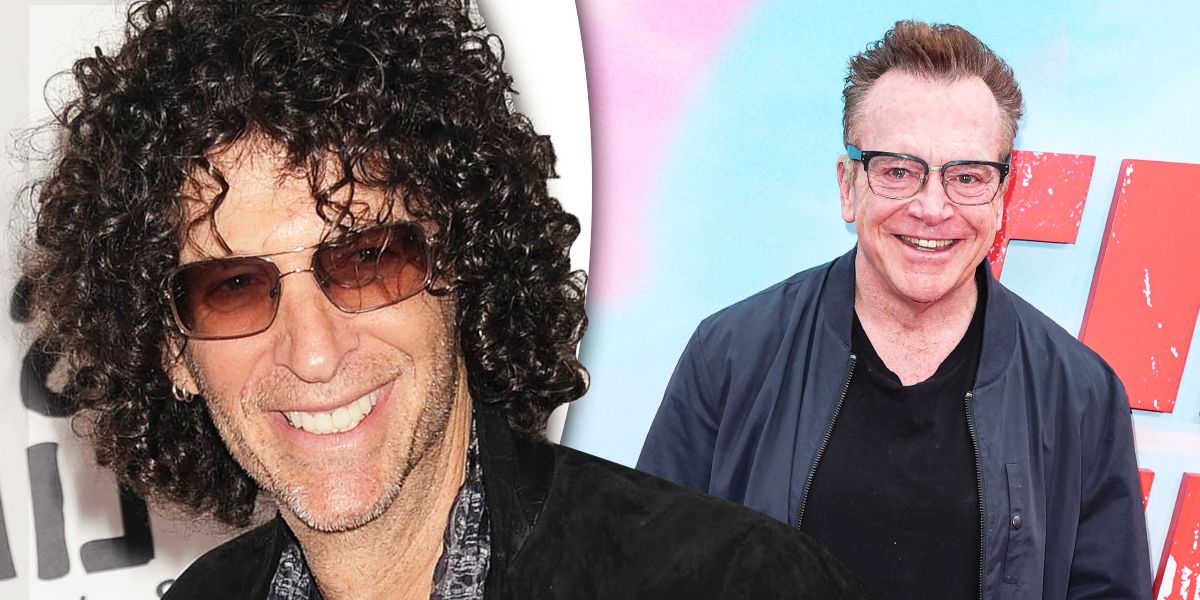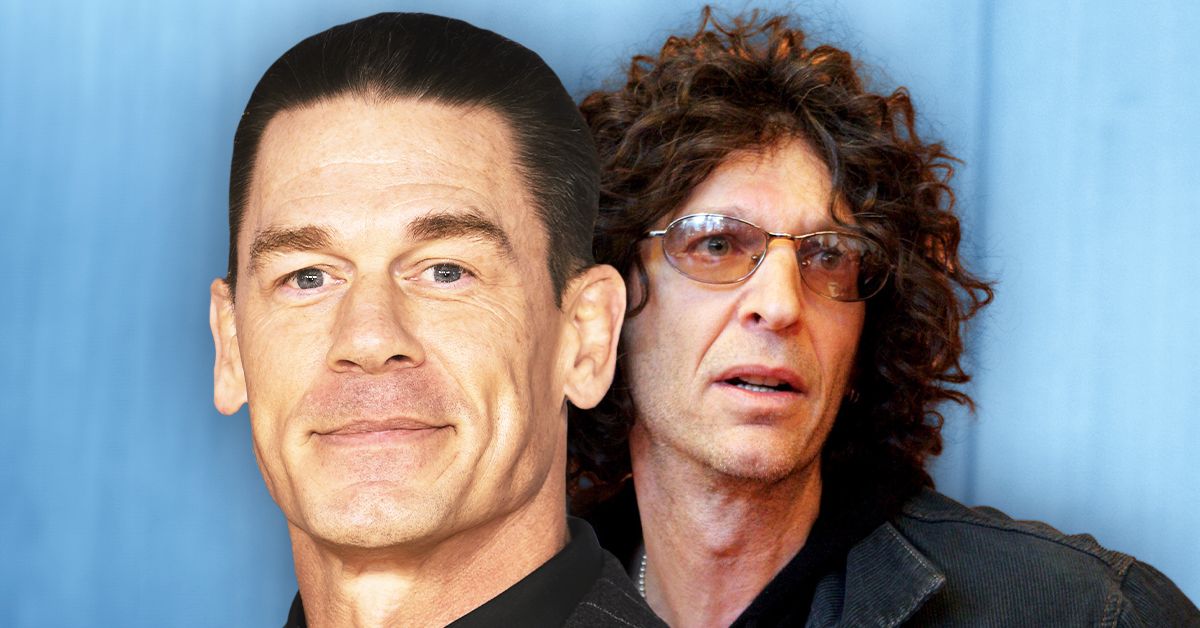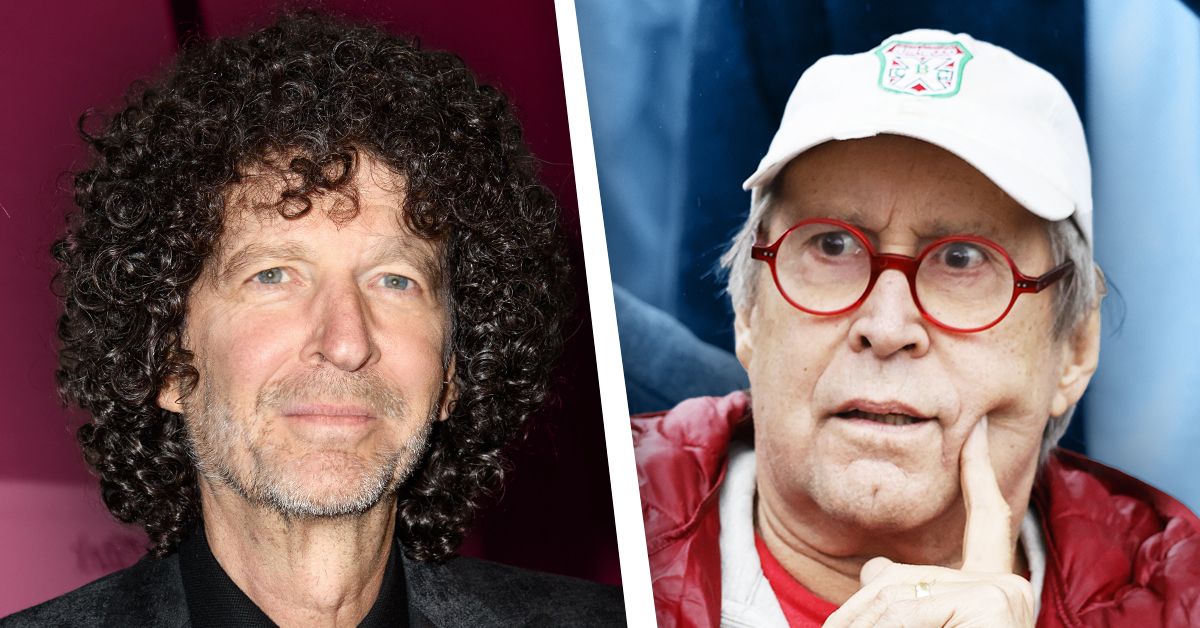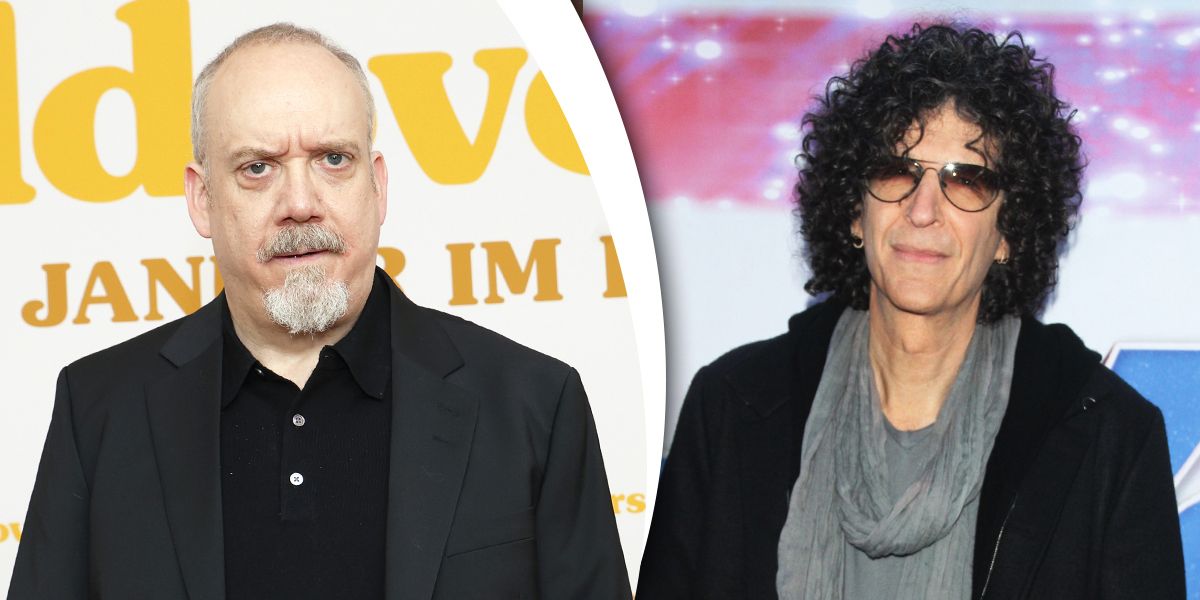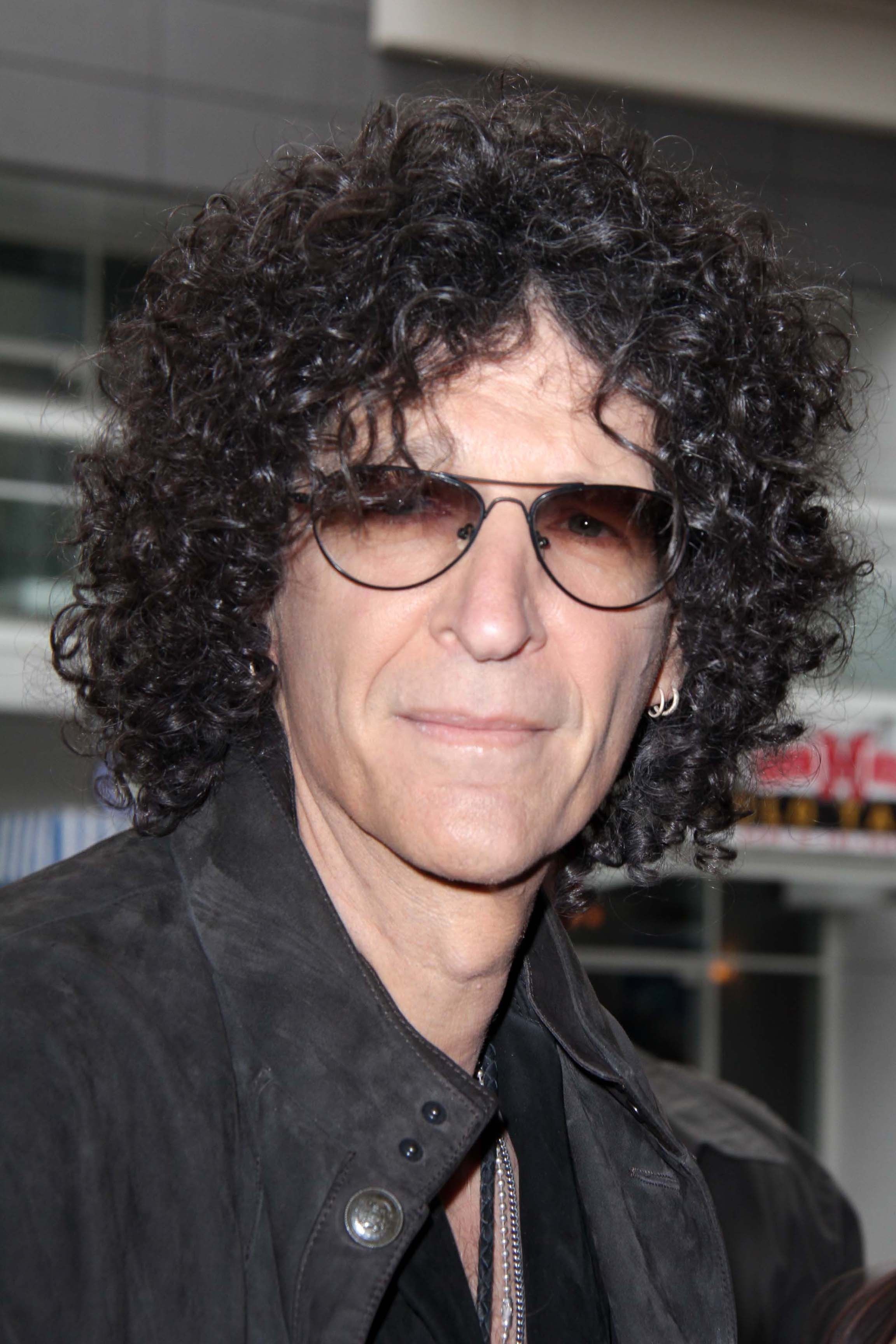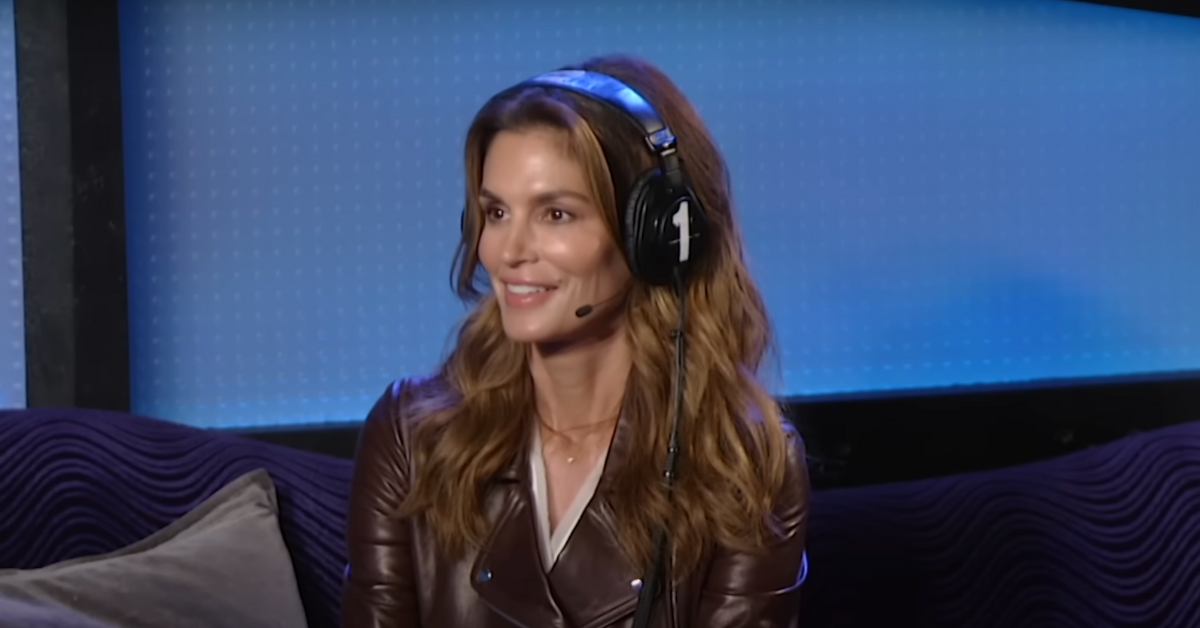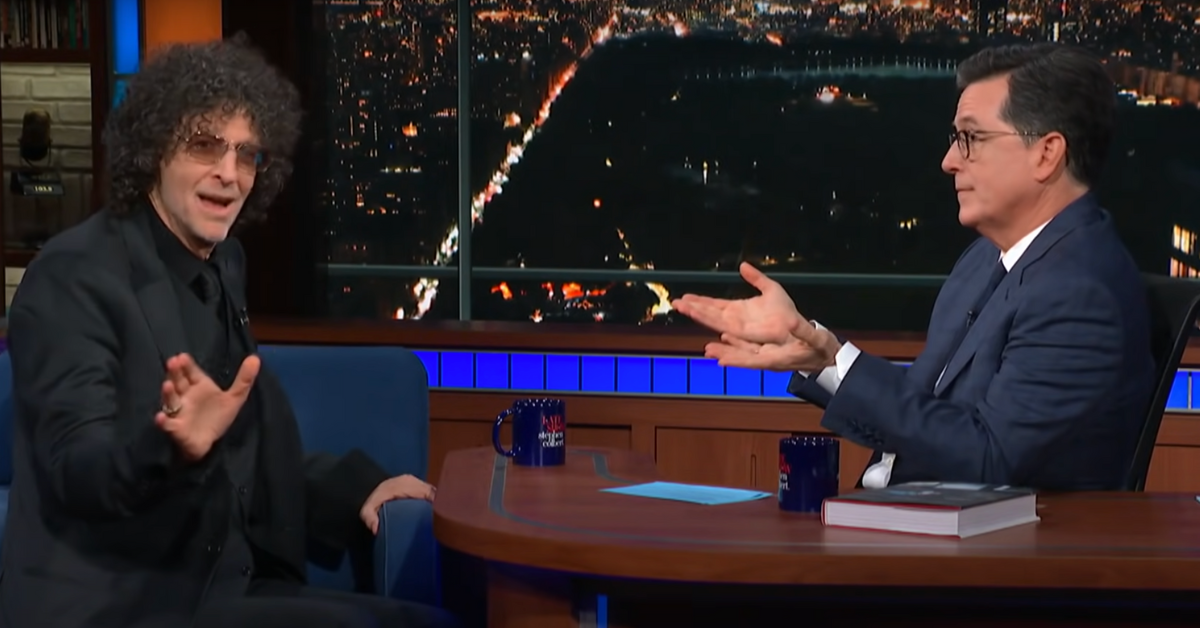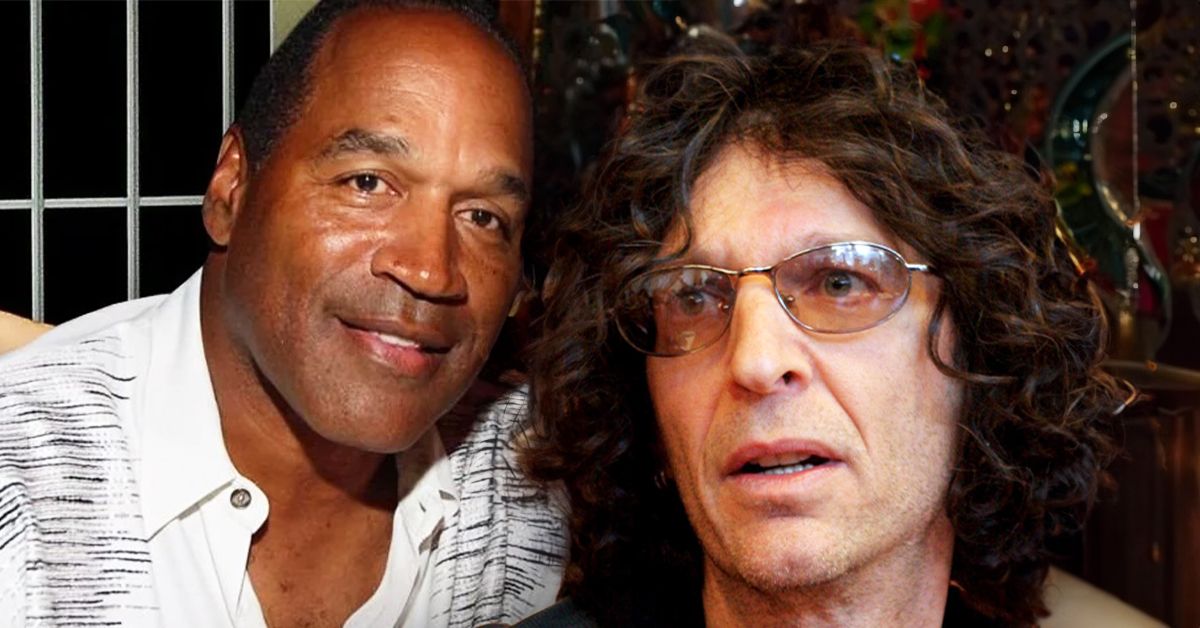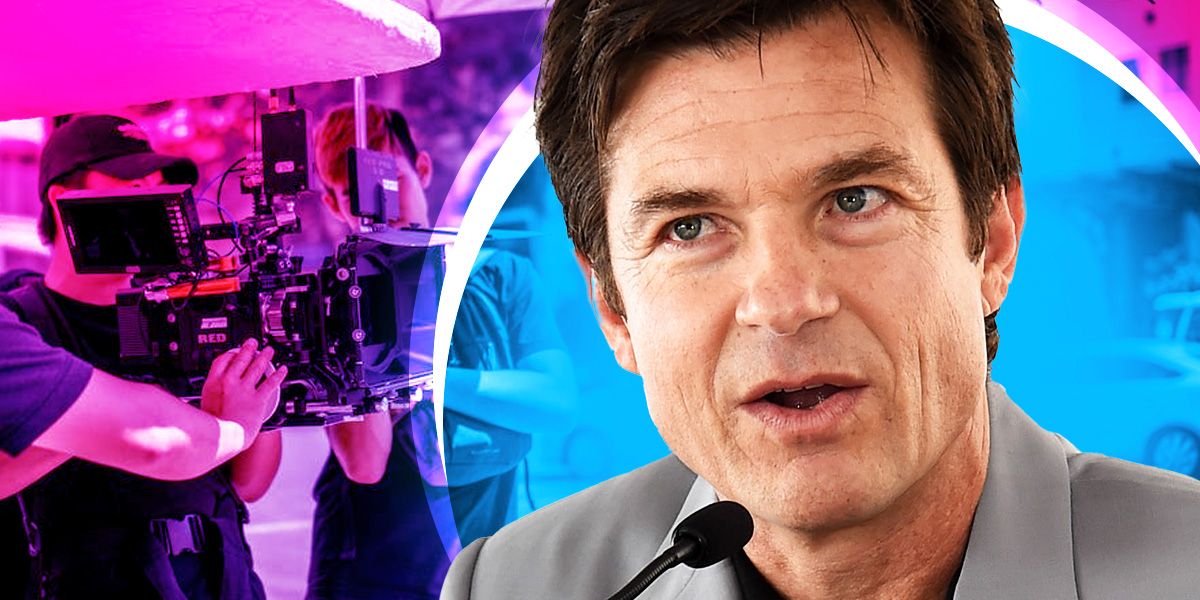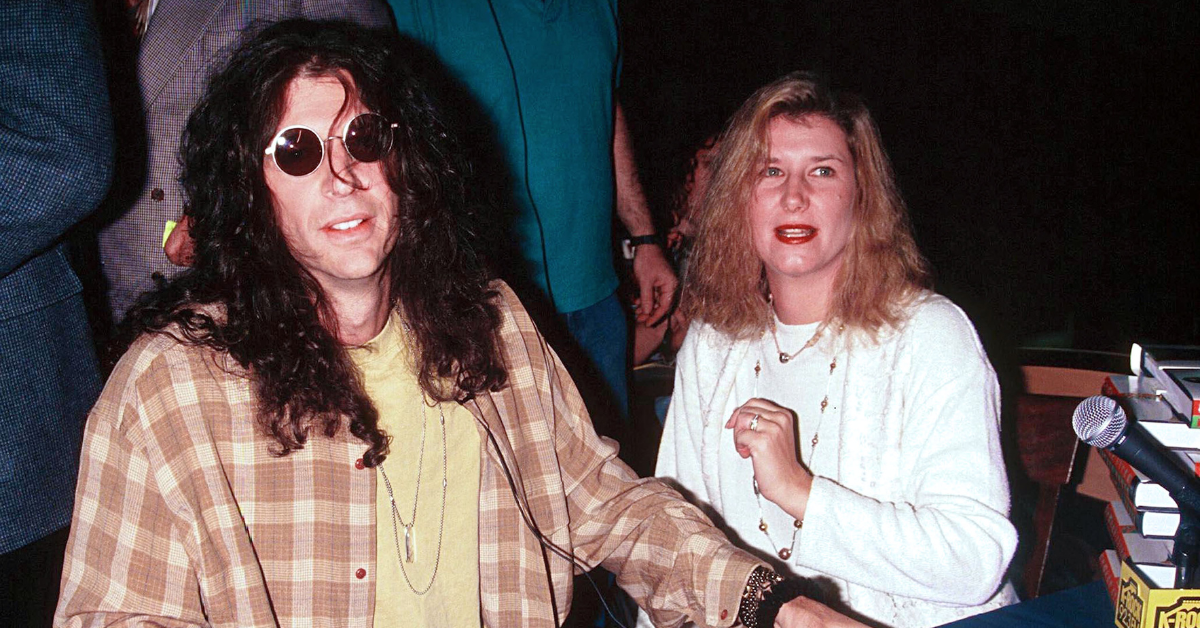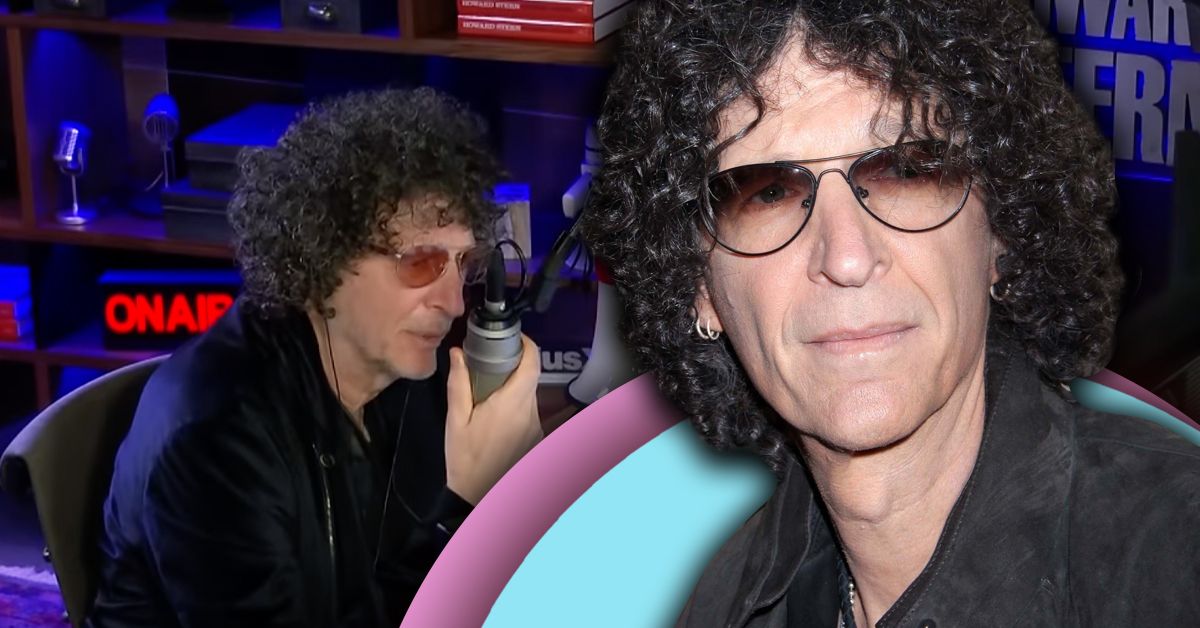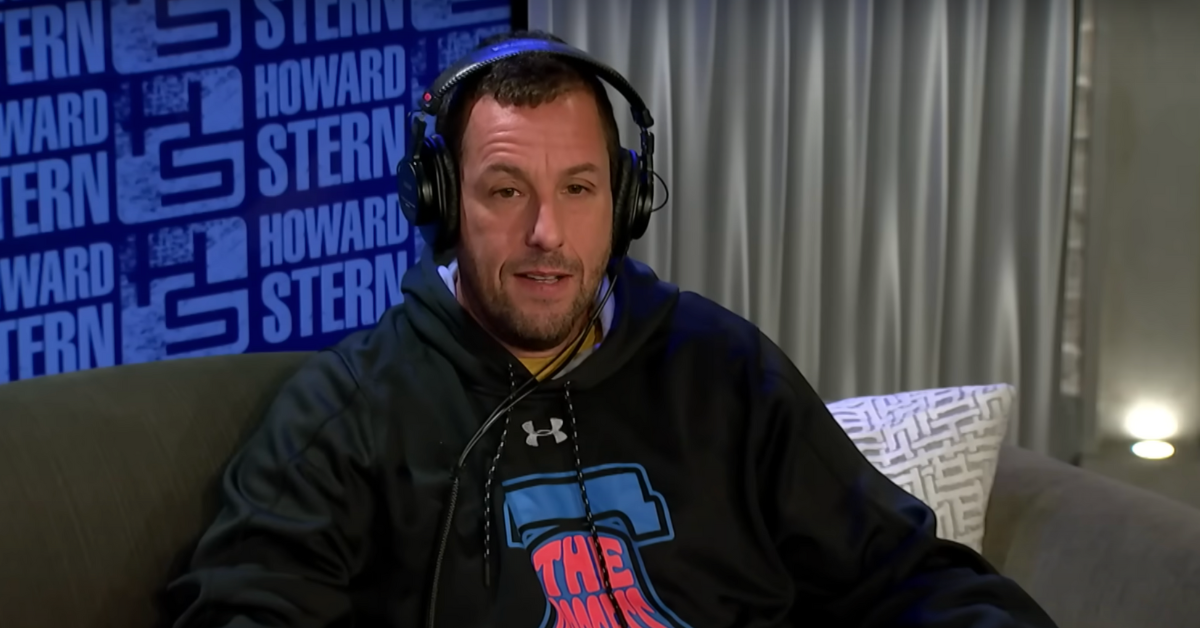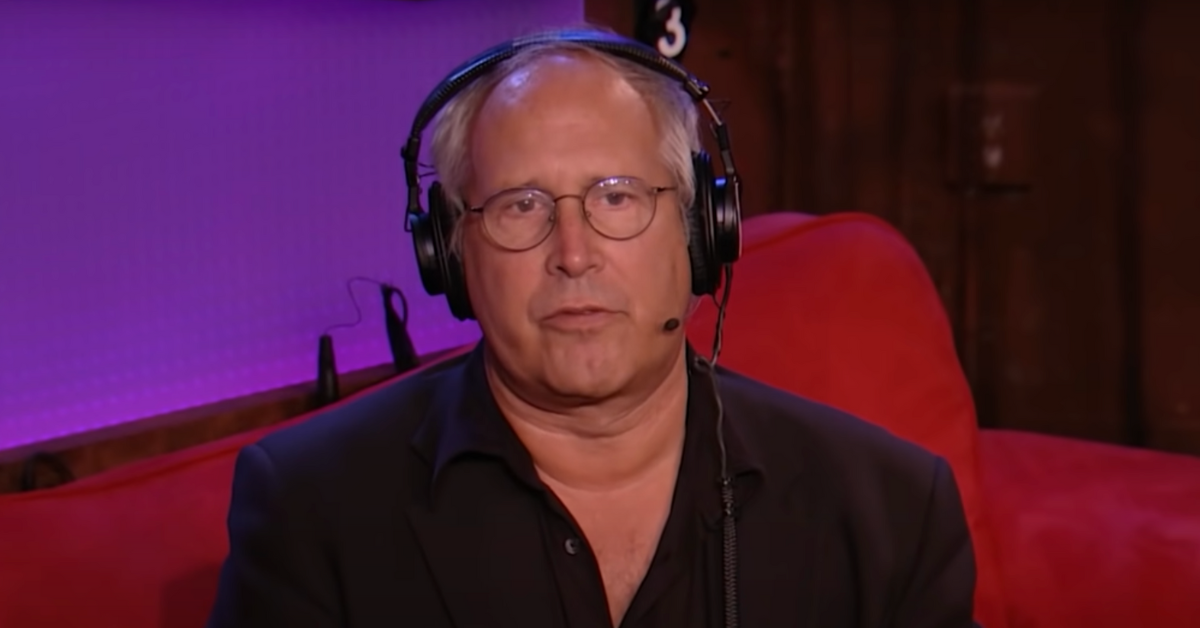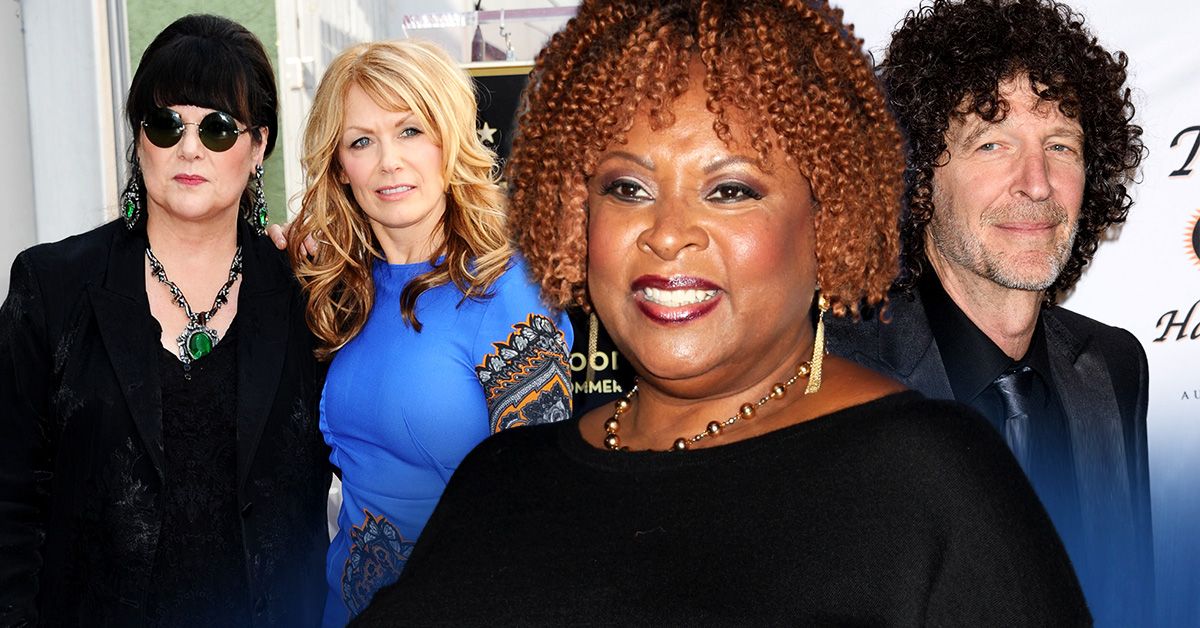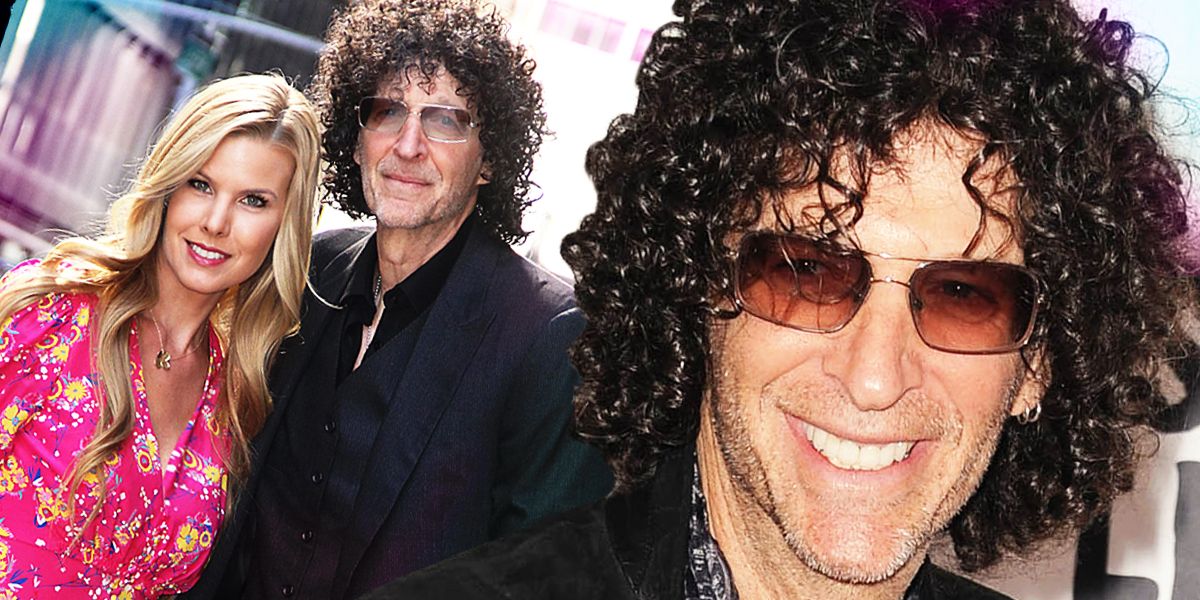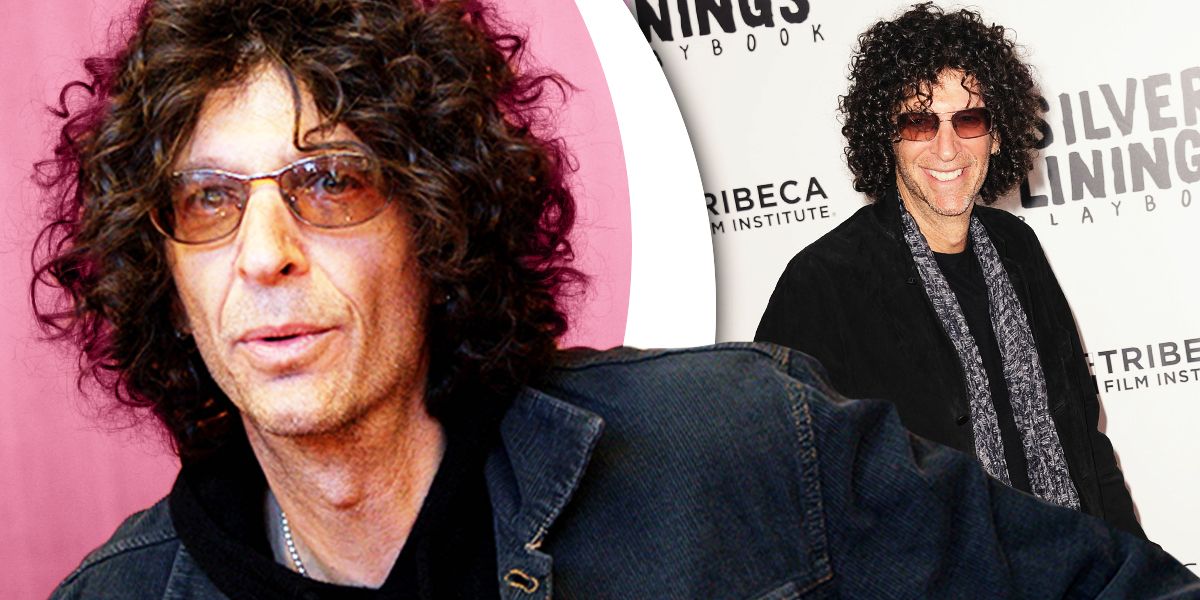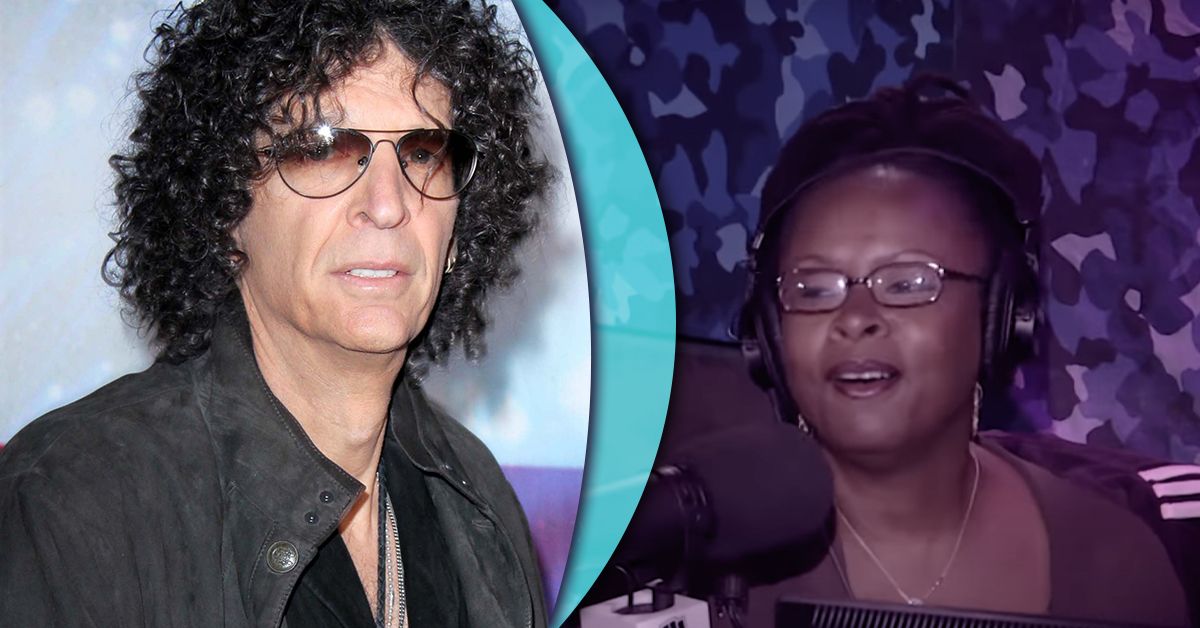Howard Stern's Full Biography
Howard Stern has, over the course of the last half-century, built a reputation as a king of radio, the original shock jock, and a warrior for free speech and against censorship. From sexuality to politics, he’s been perpetually the center of controversy, testing the limits of the FCC and daring anyone to stop him. Along the way, he’s also written three books, taken a turn as a judge on America’s got Talent, and had a run for Governor of New York.
Early Life and Education
Stern was born on January 12, 1954, to Ray (née Schiffman) and Ben Stern, in Queens. His mother had been an office clerk, and would later take a job as an inhalation therapist. His father was in the army, then took work as a radio operator before becoming part owner of a recording studio in Manhattan, Aura Recording Inc.
Stern had one sibling, an older sister, Ellen, who he described as quiet, his “opposite.” Their father was known to quiz the kids on current events, and to record them, and his dad remembers Howard giving sarcastic or flippant answers when he didn’t know the correct ones, which seems to have set his direction.
Stern also says he wanted to work in radio from the time he was five years old. He was an entertainer from the beginning, using the elaborate puppet stage in his basement to put on what he called “The Perverted Marionette Show” for his friends.
He attended a school where, as a white kid, he was the minority, and describes this as cementing his ‘outsider’ status. He also describes his best Black friend being beaten up for hanging out with him.
From high school, he enrolled at Boston University, where he’d get his first real chance at the Shock Jock life, joining the college radio staff in his second year. It was short-lived, with his show canceled after the first racially-charged skit, titled “Godzilla Goes To Harlem.”
Before graduating with a 3.8 GPA and a bachelors degree in communications, Stern cast fellow student Allison Berns in a student film about transcendental meditation. She would later become his first wife.
Career
1970s
After graduating in 1976, Stern was offered an evening job at a progressive rock station, WRNW in New York. He also tried a job at an advertising agency, where he first worked in the marketing department, then “quit without notice” to take a more appropriate position in the creative department, which he says lasted about three hours, because the personnel department realized he was the same employee who had just quit.
He moved on to selling radio advertising, which didn’t work out too well, and decided it was time to accept a position at WRNW. He started covering shifts around the Christmas holidays, before being hired full-time – four hours a day, six days a week, $96 per week pay. Before long, he was upgraded to production director, then program director, at $250 a week. He was renting a room in a monastery to stay within his means and save money.
In 1979, an advertisement that was right up his alley – a “wild, fun morning guy” at WCCC Connecticut. Here he was able to experiment a little more and net some press attention, as well as meeting Fred Norris, who would be a long-term team member. One of his early stunts was leading a two-day boycott of Shell Oil Company, which was a real attention-grabber.
1980s
Stern moved on from WCCC after being denied a $25 per week raise (their loss), and took a job for WWWW in Detroit, where he says he first encountered disc jockeys partaking in illicit drugs on the clock. He describes the practice of airing “Free Bird” followed by “stairway to Heaven” as a trick DJs used to find enough time to have a sexual encounter and “coke up” before getting back on the air.
Less than a year later he moved on to WWDS in D.C., then to afternoons on WNBC in New York City, where he feuded with other broadcasters, and was briefly suspended for a sketch about God playing a video game called “Virgin Mary Kong.” He was fired in 1985, possibly because a chairman of the board heard his doing a sketch about a bestiality dating show.
From there, it was K-Rock, where his ratings brought the failing station new life, soaring to three quarters of a million regular listeners by 1989.
1990s
In 1990, Stern started a run of what would be 69 episodes of a Saturday night television variety show, titled, aptly, The Howard Stern Show, on WWOR-TV, which would syndicate to 65 marketst the next year and come to an end in 1992.
Later the same year, he returned to TV with a show called The Howard Stern Interview. He also presented an award as fictional character Fartman at the MTV Music Awards that year.
1993 was Stern’s deal with Simon & Schuster for his first book, Private Parts, at around a million dollars – the first printing sold out within hours.
In 1994, he announced a run for Governor of New York, earning the nomination for the Libertatrian Party – and withdrawing when he found he’d be obligated to share his home address and financial details.
In 1995, he founded Howard Stern Production Company to create original content, and signed a contract with Reagan Books for his second book, Miss America, which would help Barnes & Noble set a one-day sales record.
1996 marked the beginning of the film adaptation of Private Parts, which would premiere early the next year.
1998 was his return to TV with The Howard Stern show, which began to be cut from stations after the second episode over risque content, from 79 initial affiliates down to 30 when the final episode aired in 2001.
This would continue to be a problem for him for the rest of his time in traditional radio.
2000s
In 2005, Stern moved his show to Sirius XM, finally exempt from FCC broadcast regulations.Far from his early $96 per week, his first Sirus XM contract was for $5 million, and in the immortal words of Baby Bear, he’s still there.
2010s
In 2011, Stern took over for Piers Morgan as an America’s Got Talent judge, alongside Sharon Osbourne and Howie Mandel. He would continue on the show until 2015, when Simon Cowell took his place.
In 2019, he published his third book, Howard Stern Comes Again.
He continues his show on Sirus XM to date.
Business Ventures
Aside from his radio shows and three books, Stern has been involved in independent projects, including releasing several home-cut videos.
These include the following:
1988: Howard Stern's Negligeé and Underpants Party
1989: Howard Stern's U.S. Open Sores
1992: Butt Bongo Fiesta
1994: Howard Stern's New Year's Rotten Eve 1994
He’s also released three albums:
1982: 50 Ways to Rank Your Mother (Wren Records)
1991: Crucified By the FCC (Infinity Broadcasting)
1997: Private Parts: The Album (Warner Bros)
Personal Life
Relationships
Stern has been married twice, first to Alison Burns on June 4, 1978, with whom he divorced amicably in 2001, and then to Beth Ostrosky on October 3, 2008.
His first marriage produced three daughters: Emily Beth in 1983, Debra Jennifer in 1986 and Ashley Jade in 1993.
Religion
Stern came from a Jewish family and attended Hebrew school, where he was given the name Tzvi. He told the New York Times in 2019 that he would not have raised his daughters with religion, but that it was important to his ex-wife, and that they have thrived in it, and that while he “never was super religious” he appreciated being Jewish.
Health
Stern has shared a few pieces of information about his health: a struggle with OCD; and a cancer scare in 2017 that turned out to be a benign cyst.
Net Worth
Stern’s net worth is estimated to be around $650 million. He continues to earn around $90 million per year and still does a regular radio show on Sirus XM.
Activism
Stern has been a significant activist for free speech, and against censorship, particularly media censorship. He’s been fined by the FCC numerous times for his fight.
Controversies
Stern is a walking controversy who lost his first position in radio, in college, over a ‘racially-charged’ sketch, and has lost other radio jobs due to scenes deemed obscene or blasphemous.

